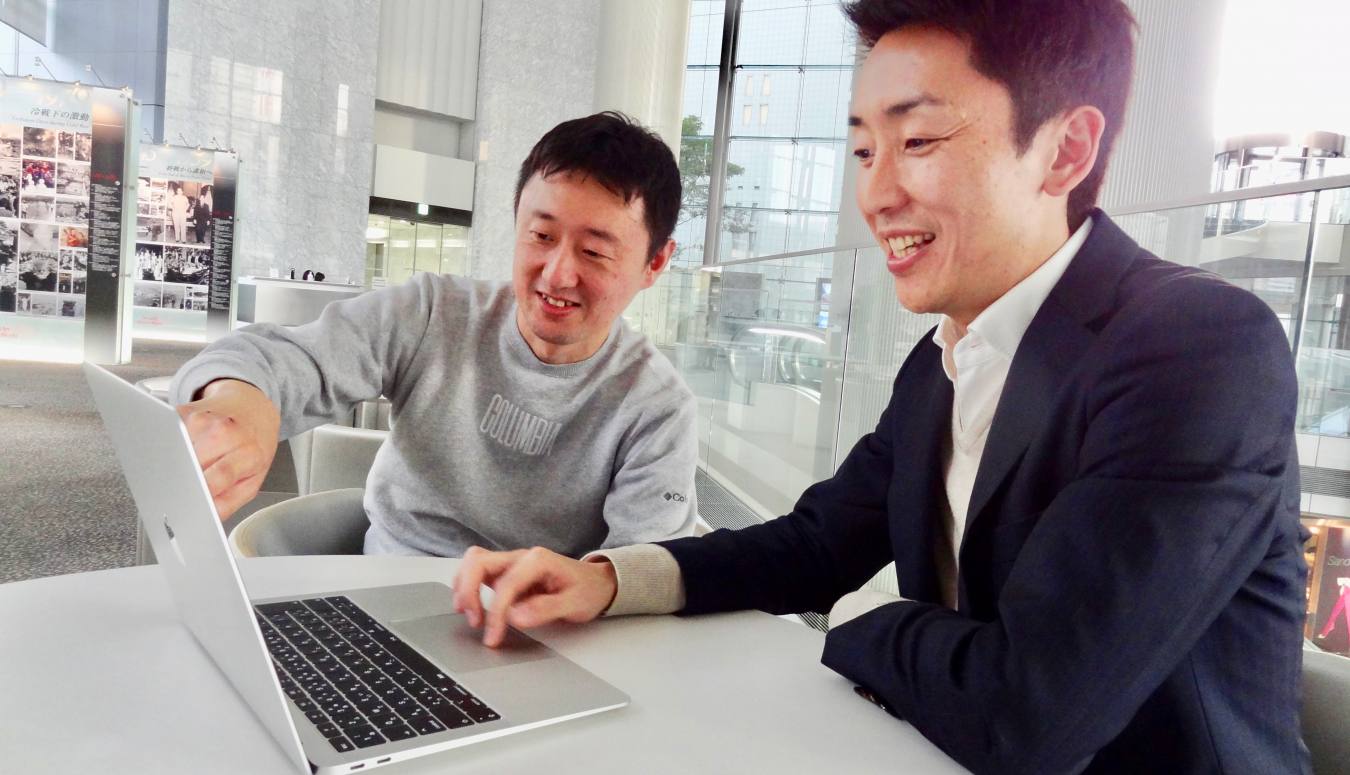
Social media remains a dominant source of news for consumers in many countries, outpacing newspapers in 2018 in the U.S., where 45 percent of people get news from Facebook. News providers need any edge they can get to compete in a time of declining profitability and fake news.
It’s no wonder, then, that outsourcing content management is now seen as an increasingly viable option for digital newsrooms. Jesse Knight, who spent more than seven years building an international-first platform for Vice Media, recently called for a common publishing platform, arguing it would let outlets use their resources more strategically: “If companies can set aside their (considerable) differences and use a single publishing platform, they could collectively mount a winning fight against Facebook.”Nordot is a Tokyo-based joint venture launched in April 2015 with backing from two of Japan’s biggest news companies, Kyodo News Digital and Yahoo Japan. It operates on something like the kind of model Knight called for: a common publishing and content-sharing platform that offers more than 50,000 articles from hundreds of publishers in Japan.
Nordot brings together content providers and distributors so that both can minimize costs, and has just launched an English-language version of its website. Major outlets can source news at no cost; smaller publishers can reach a far larger audience; both sides earn ad revenue. The syndication startup says the Kumamoto Nichinichi Shimbun, a regional newspaper in southern Japan, doubled its ad revenue per story by using Nordot while growing its audience and brand recognition.
“This is a completely new platform and there’s no other service like this in Japan or overseas,” says Ryutaro Nakase, founder and CEO of Nordot. “It can bring together producers and distributors, which have been separate, in a new form of media.”
[Editor’s note: There have been a number of similar syndication/content-sharing startups in the United States and elsewhere, but they’ve generally failed to get major traction.]
In a demonstration at Kyodo News in Tokyo, Nakase showed me how a local newspaper in Kyushu, in southern Japan, could search for popular topics in Japanese media such as articles about movies, sports, and pets, then add stories to its website with a few clicks. “It can be difficult for smaller content providers or distributors to work with more powerful ones — for instance, a smaller regional newspaper might face major hurdles in selling its articles to Japan’s biggest news aggregator websites,” says Nakase. “Our platform can help correct this imbalance. In addition, users don’t have to negotiate about content sharing and ad revenue.”
Nordot says its platform already has 6 million readers, and about 400 publishers are using the platform, the majority of them regional newspapers in Japan such as the Kyoto Shimbun, Kobe Shimbun, and Hokkaido Shimbun. Other users include major media brands Quartz and HuffPost, sports and entertainment sites like Rakuten NBA News and Cinema Today. Providers can move their content onto Nordot’s cloud service in a variety of formats. Editors can then search for and select what they want to include on their sites, apps, or social media. Content can also be automatically used on selected keywords.
When users click on a preview, articles and graphics appear in a pop-up under Nordot’s domain with the provider’s brand at the top, links to the provider’s site and social media accounts, as well as a slew of suggested articles at the bottom.
Net revenue from the ads that appear under the articles is allocated 61.8 percent to content providers and 38.2 percent to distributors, but if no distributors are involved, it all goes to providers. Providers can also act as distributors, in which case they get that 38.2 percent. (Nordot takes a 19 percent cut.)
A former journalist, Nakase founded Nordot after working at business publisher Nikkei BP, Yahoo Japan, and Kyodo. He wanted to create a “collective newsroom” that could offer a more equitable balance of large and small players in the content business.
Kyodo agreed to invest in the Nordot concept, putting in 85 percent of capital with Yahoo Japan putting in 15 percent. The company now has about 10 staffers across Japan, the U.S., and Malaysia. In a rare setup for a Japanese startup, Nordot has no offices and, aside from occasional meetings, all work is done online.
With its new English-language site, Nordot is now focused on growing English-language publishers and increasing its presence outside Japan. “There’s a sea of media outlets and bloggers in the web age, and as ads are also ubiquitous, ad revenues have declined,” says Nakase. “It’s inefficient for publishers to try to do everything themselves. Meanwhile, they have to try to compete with massive, powerful news distributors like Google and Yahoo. That’s why it’s best for publishers to cooperate. We’ve developed our model to further that cooperation.”
A version of this piece ran on Splice.